Multidrug Resistance: Biological and Pharmaceutical Advances in Antitumour Treatment, 2008
The mechanisms of resistance to anticancer drugs that have been investigated more extensively are certainly those related to low drug retention of cancer cells. From the discovery of P-glycoprotein, a large family of ATP-binding cassette transporters have been identified in almost three decades of research by hundreds of scientists all over the world. This very intense effort is highly justified by the fact that resistance is still a very important obstacle to the success of cancer therapies. The present book provides an overview of preclinical and clinical studies performed to translate the knowledge on resistance mechanism to anticancer drugs to a diagnostic and therapeutic improvement. It is quite obvious the fact that for many anticancer drugs the low retention by cancer cells strongly reduce its efficacy. The molecular characterization of the mechanisms of resistance has made it possible to screen compounds potentially effective in counteracting the resistance mechanism. In addition structural biology has allowed the design of molecules that are suitable inhibitors of specific proteins involved in the drug transport. The different chapters of the present book highlight how the fields has moved over the years showing interesting example of applications. For example it has been possible to develop assays not only to define the expression of proteins involved in the low drug retention in the tumour but also to develop functional assays that can be used both in vitro and in vivo. The development of these methodologies is extremely relevant for identifying novel anticancer drugs that are not cross resistant with the conventional ones and for the rational development of inhibitors of proteins responsible for the resistance to anticancer drugs of human cancer. A large number of different modulators of resistance are illustrated in different chapters of the book providing an update overview of the clinical trials so far conducted with a large number of compounds belonging to different chemical classes. As described in details in this book, it is unfortunate that most resistance modulators have increased the toxicity of the anticancer drugs that were given in combination and the pharmacokinetic and metabolic interactions have represented important drawbacks of this approach. The heterogeneity of resistance mechanisms have been another reason for the lack of success of some of the modulators tested in the clinic so far. On the other hand some of the molecules that are under development at the moment appear to be able to modulate several mechanism of resistance and thus in principle may result more effective in the clinic. Some of them appear to act without causing changes of the pharmacokinetic features of the anticancer drugs that are combined. This book can be interesting for both experimental and clinical oncologists exposing them to the complexity of this field and on the still answered questions requiring further research in the coming years.
Get it now and save 10%
BECOME A MEMBER
-
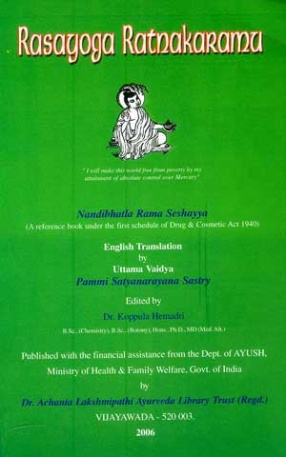
Rasayogaratnakaramu: Rasa Yoga Ratnakaramu
-
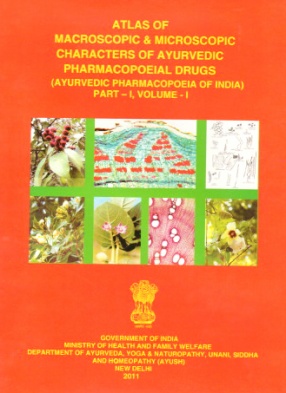
Atlas of Macroscopic & Microscopic Characters of Ayurvedic Pharmacopoeial Drugs: Ayurvedic Pharmacopoeia of India, Part-I, Volume I
-
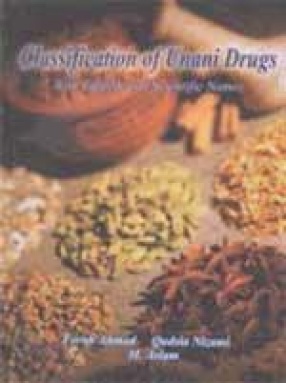
Classification of Unani Drugs: With English and Scientific Names
-
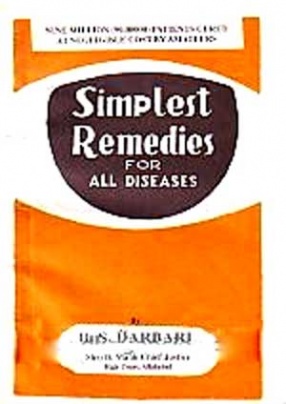
Simplest Remedies for All Diseases: Simple Solution of Everybody's and the World's Medical Problem

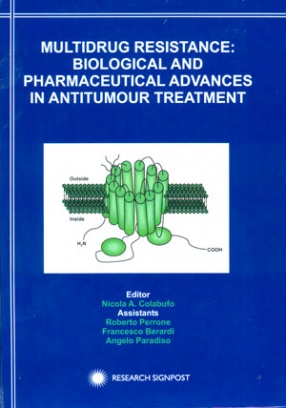

Bibliographic information
Roberto Perrone
Francesco Berardi
Angelo Paradiso
Tags